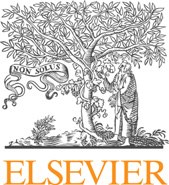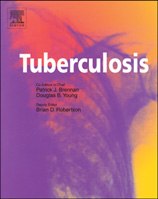whiar.org
MANAGEMENT OF MANAGEMENT OF ALLERGIC RHINITIS SYMPTOMS IN THE PHARMACY POCKET GUIDE BASED ON THE ALLERGIC RHINITIS AND ITS IMPACT ON ASTHMA WORKSHOP REPORT In collaboration with the World Health Organization MANAGEMENT OF ALLERGIC RHINITIS SYMPTOMS IN THE PHARMACY POCKET GUIDE A Pocket Guide for Pharmacists • Allergic rhinitis is clinically de

 Diagnosis and therapy of tuberculous meningitis in children
Department of Maternal and Pediatric Sciences, Università degli Studi di Milano, Fondazione IRCCS Ca’ Granda Ospedale Maggiore Policlinico,Via Commenda 9, 20122 Milan, Italy
Children are among the subjects most frequently affected by tuberculous meningitis (TBM) due to their
relative inability to contain primary Mycobacterium tuberculosis infection in the lung. TBM is a devas-
tating disease with about 30% mortality among the most severe cases; moreover, 50% of survivors have
neurological sequelae despite an apparently adequate administration of antibiotics. Early diagnosis and
prompt treatment are crucial for reducing the risk of a poor outcome. However, especially in children, thebest and most rapid way to confirm the diagnosis is controversial; the optimal choice, dose, and treat-
ment duration of anti-tuberculosis drugs are not precisely defined, and the actual importance of
adjunctive therapies with steroids and neurosurgery has not been adequately demonstrated. This review
is an effort to discuss present knowledge of the diagnosis and treatment of pediatric TBM in order to offer
the best solution to address this dramatic disease. In conclusion, we stress that new studies in children
are urgently needed because data in the early years of life are more debatable than those collected inadults. In the meantime, when treating a child with suspected TBM, the most aggressive attitude todiagnosis and therapy is necessary, because TBM is a devastating disease.
Diagnosis and therapy of tuberculous meningitis in children
Department of Maternal and Pediatric Sciences, Università degli Studi di Milano, Fondazione IRCCS Ca’ Granda Ospedale Maggiore Policlinico,Via Commenda 9, 20122 Milan, Italy
Children are among the subjects most frequently affected by tuberculous meningitis (TBM) due to their
relative inability to contain primary Mycobacterium tuberculosis infection in the lung. TBM is a devas-
tating disease with about 30% mortality among the most severe cases; moreover, 50% of survivors have
neurological sequelae despite an apparently adequate administration of antibiotics. Early diagnosis and
prompt treatment are crucial for reducing the risk of a poor outcome. However, especially in children, thebest and most rapid way to confirm the diagnosis is controversial; the optimal choice, dose, and treat-
ment duration of anti-tuberculosis drugs are not precisely defined, and the actual importance of
adjunctive therapies with steroids and neurosurgery has not been adequately demonstrated. This review
is an effort to discuss present knowledge of the diagnosis and treatment of pediatric TBM in order to offer
the best solution to address this dramatic disease. In conclusion, we stress that new studies in children
are urgently needed because data in the early years of life are more debatable than those collected inadults. In the meantime, when treating a child with suspected TBM, the most aggressive attitude todiagnosis and therapy is necessary, because TBM is a devastating disease.